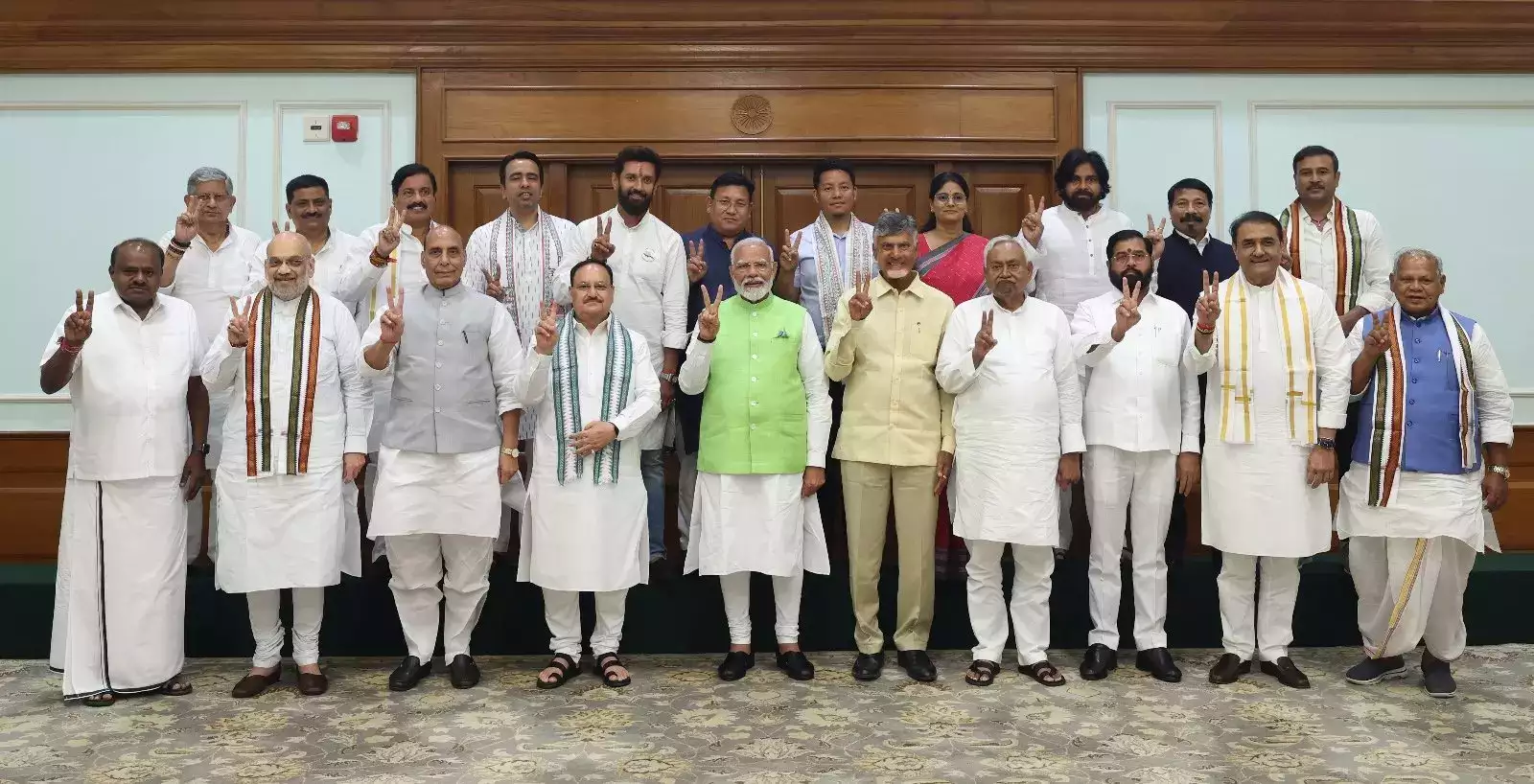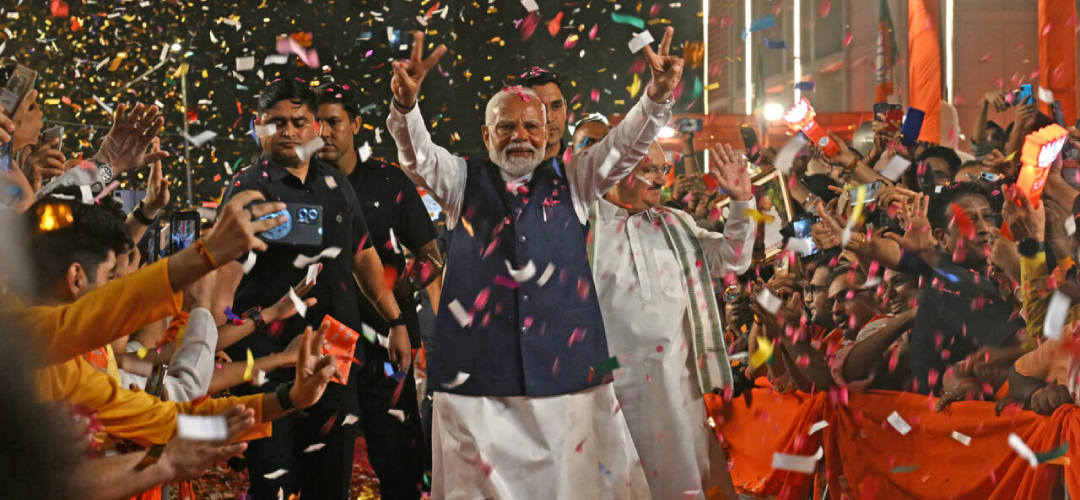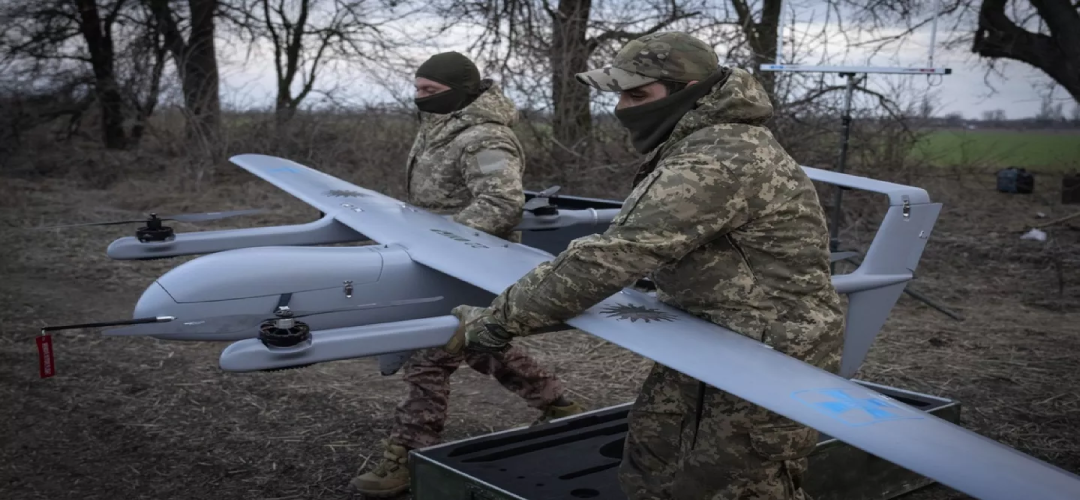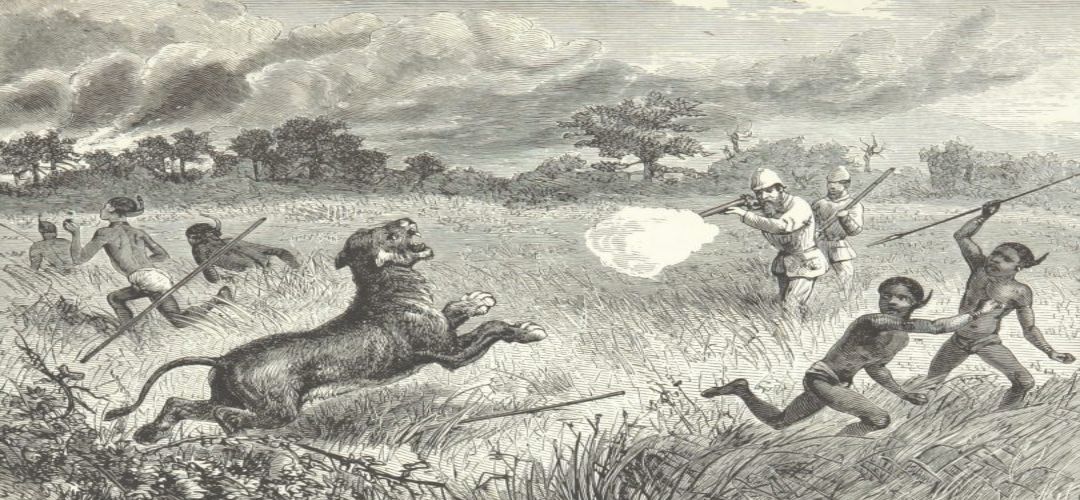A gigantic exercise by any standards, parliamentary elections showcase the mettle of Indian democracy.
While the political outcome of any election is the principal objective, the manner of its conduct, fairness, and efficient execution is also a barometer of a nation’s democratic credentials. The recent Indian parliamentary elections definitely scored very high in this matrix. Whoever finally takes the rein, Indian democracy will have won.
These sentiments are echoed by the Australian Institute of International Affairs, which says, “Democracy was deemed unlikely for India as the country’s grinding poverty and the diversity of its ethnic, religious, caste and linguistic identities were thought to be insurmountable obstacles. Yet nearly seven decades later, flanked by unstable countries in its immediate neighbourhood, a system of parliamentary democracy thrives in India.”
Amidst challenging conditions amid dreadful heatwaves and rains, the peaceful, democratic governance transition in the world’s largest democracy indicates that its citizens revere democracy. On the anniversary of the Tiananmen Square massacre, Indians witnessed their election counting. Globally, India’s political stability has gone up several notches, especially when you compare it with the 2020 American elections, the embers of which continue to glow. Held at the same time as the Indian elections, the Mexican elections saw 37 election candidates assassinated.
Background
The logistics of the Indian election are on a massive scale. The BBC puts it in the right perspective: “With 1.4 billion people, India is the world’s most populous country, and the numbers around the election are mindboggling. Polling to elect 543 MPs will run in seven phases over six weeks. […] Some 969 million citizens are eligible to cast their ballot. To give you an idea, if you add together the populations of the U.S., Russia, Japan, Britain, Brazil and France – that comes close to how many Indians are on the electoral rolls. Since we are still a bit short, let’s also throw in Belgium.” Nearly 1.5 million polling booths have been set up across the country, with Chief Election Commissioner Rajiv Kumar vowing, “Our teams will walk the extra mile to reach every voter, whether they are in jungles or on snowy mountains. We will go on horseback, elephants, mules or helicopters. We will reach everywhere.” “And when the commission says, “every voter counts”, it’s not just a slogan. In the 2019 general election, five officials travelled by bus and on foot for two days so that a lone voter – a 39-year-old woman in the north-eastern state of Arunachal Pradesh – could exercise her franchise, “says the BBC.
An army of over 15 million has been deployed for polling duties and election security, with Central Armed Police Forces being shunted from one corner of this vast country to another to secure the 1.5 million polling stations. This is the major reason why the Election Commission of India is constrained to spread out the election over so many legs, allowing the security forces to be redeployed by buses, trains and even aircraft. The government deployed nearly half a million vehicles to ferry the Electronic Voting Machines and the security/ polling staff.
There are clear-cut norms for establishing polling stations. No voter should be made to walk more than 2 km to cast a vote. A polling station should serve a maximum of 1500 voters, and a village with more than 300 voters is eligible for a polling station. The Election Commission can requisition all government officers for polling duty, and it is extremely difficult to get excused from the exercise.

Analysis
The logistics of the elections apart, the political drama that has unfolded on June 04 has been no less dramatic.
The BJP-led NDA managed to get 292 seats, while the opposition I.N.D.IA. Bloc secured 233 seats. India’s largest democratic exercise has seen the governing Bhartiya Janata Party (BJP) win 240 seats, falling short of the 272-seat mark for a majority in the Lok Sabha. This has left an interesting political drama unfolding in its wake.
The discrepancy between the exit polls and the election results is a clear indicator of two views: a lack of precision and objectivity, and, secondly, the common Indian citizen’s democratic understanding must not be taken for granted, leading to overconfidence. The burden of hype and expectations has disheartened many BJP supporters.
Various factors could be attributed to the BJP’s decline in seats during this election, including severe unemployment, rising prices, inequality, and the new army recruitment reform called the Agniveer Scheme. The BJP campaign, with its ambitious slogan, ‘Ab ki baar, 400 paar,’ may have backfired, raising concerns about constitutional changes.
It is also an important lesson never to undermine the credibility of the election system in India. The outcome of Tuesday’s election has brought back ‘normal politics’ in India, where various parties coexist and vie for control.
The election result has surprised most political analysts since it disrupted Mr Modi’s decade-long undisputed reign over the political seas of India. His previously unchallenged navigation through state and national elections has now faced an unexpected tempest, altering the course of the political waters. Much like a phoenix rising from the ashes, the Congress Party-led INDIA opposition alliance has made a surprising resurgence, defying pre-election surveys and exit polls that had predicted their total collapse. The results left the opposition perhaps even more surprised because few expected such a close outcome.
The BJP has, during its last two innings, not been hamstrung by coalition demands. Analysts believe the outcome could influence India’s next administration. Losing a sense of invincibility might have humbling and development-focused pathways for the new government. The New York Times described the results as “unexpectedly sobering,” pointing out that they represented a “sharp reversal a decade into Mr. Modi’s transformational tenure.” Reporters at the New York Times emphasised that it’s also possible that his carefully built brand has reached its pinnacle and that he can’t avoid the anti-incumbency feeling that eventually catches up with nearly every politician.
Despite the coalition in the centre, certain variables will remain unchanged with the newly formed government; these are four primary sectors- India’s foreign policy, its economic policy, Its current defence strategy and policy and the internal security concerns. Externally, India’s view of America, China, and Russia will remain the same. Not much will change in the defence arena as the introduction of more equipment and weapons and modernisation in the military will continue as before. Even the economy and India’s financial policy will, to a certain extent, be given the freedom to function as before, except Bihar and Andhra Pradesh, which might request more funding for obvious reasons. All players within the coalition have keen eyes on infrastructure development and will collectively work towards it. India’s Digital Public Infrastructure will see a heightened acceleration and more players getting involved through the length and breadth of the nation. The digitisation of India will be a paramount tool for the improvement and advancement of other sectors as well.
Assessment
- From a political perspective, the emergence of a strong opposition should sustain India’s secular and democratic fibre.
- Third terms have frequently proven difficult for many leaders, as unanticipated and erratic events have thrown governments and their agendas off track. These elections have followed this trend.
- In summary, every Indian can take pride in the honourable manner in which the Great Indian Election was conducted, and the democratic institutions performed to their potential.




